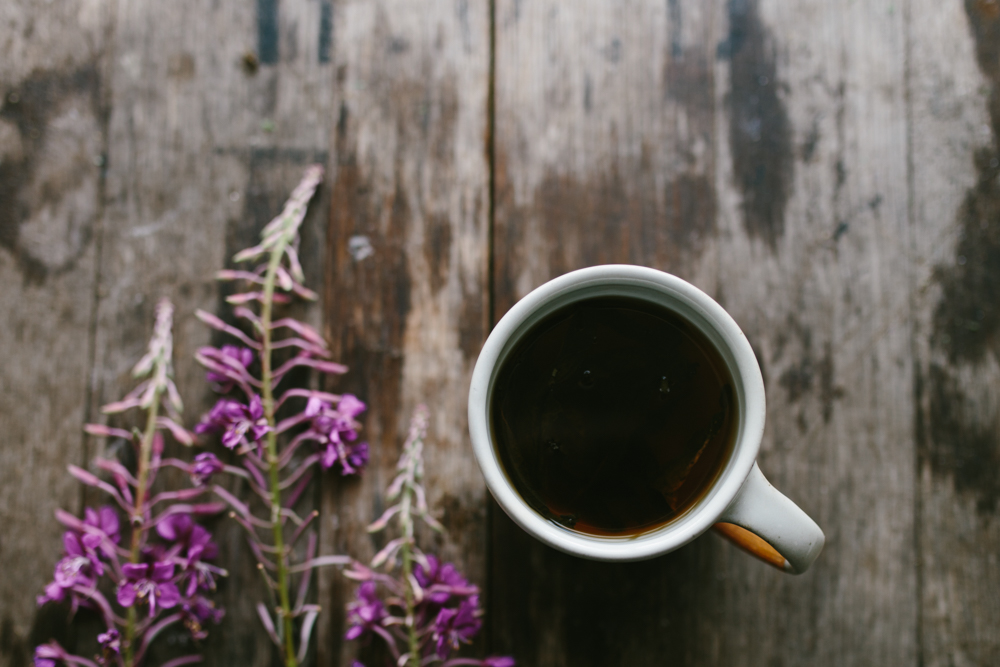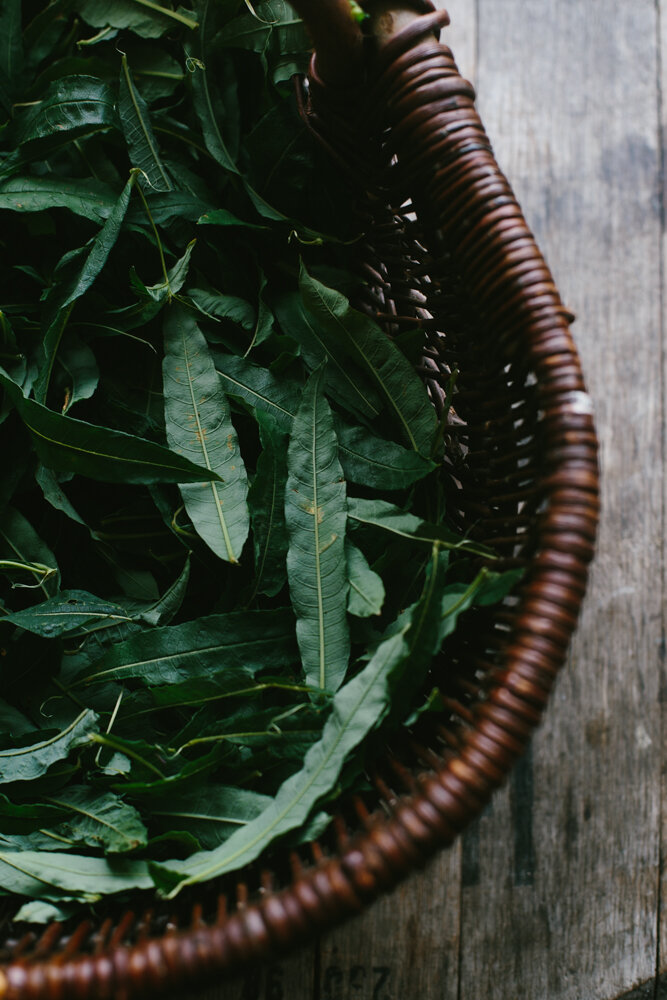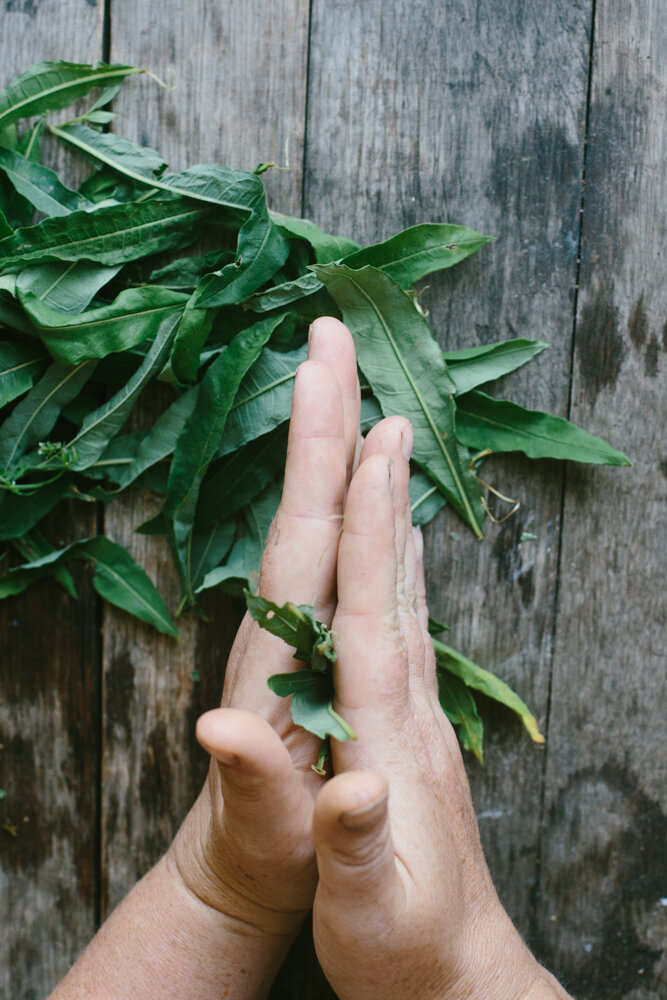Rosebay Willowherb Tea
A few months ago when out with the dog, Kevin and I were chatting about our upcoming foraging workshops and he mentioned that he had read something about using Rosebay Willowherb as a tea. I'd never heard of it before, but a quick google and a deep dive into some of my older herbology books showed that he was indeed correct.
Rosebay Willowherb, known in North America as Fireweed, is a tall perennial, easily recognised by its purple, almost flame-like, flowers. It favours waste ground and is a first coloniser plant, so is often seen on roadsides, plantation forest edges and disused building sites. Its American name comes from its colonization in fire-disturbed areas.
The tea, called in some places Ivan Tea or Koporye Tea (after the area of Russia where it originated), used to be an alternative to Chinese tea. With willowherb's nature of growing in disturbed or unused ground and its spread all over much of the Northern Hemisphere, it was a cheaper alternative to 'proper tea'. While it doesn't have caffeine, it is oxidised in the same way that black tea is - letting fermentation make its magic to create a deeper, more fruity flavour. It isn't caffinated and has become my bedtime drink. Apparently you can also eat the young shoots like asparagus, so I am looking forward to trying that next year.
I've done a few batches of the tea now and I am finding the whole process so magical, on top of having a great tea - there is this moment on about day 2 of fermentation when all of the sudden the smell of the tea changes from grassy and green to deep and fruity. It is such a rewarding process and you get a good amount of tea, quickly...always a bonus when foraging.
Harvesting:
The leaves are best foraged when the plant starts to flower. They have quite a long flowering season, so its nice not to have to rush about collecting all of it at once. You want to simply pick the leaves, leaving the flowers for pollinators. You can do this quite quickly by grabbing the top of the stalk under the flowers and sliding your other hand down, stripping handfuls as you go.
Fermenting:
Once you have the leaves you need, simply leave them in a cloth bag or basket overnight to wilt. This helps start the oxidation process.
After they have wilted, you will take a few at a time and roll them to help move on the fermentation. Then pack them loosely into a glass container for 2-3 days. Once they start to smell fruity, make a cup to check you are happy with the flavour. Add a few leaves to hot water and steep like you would any other herbal tea.
If you are happy with it, then you need to stop fermentation by drying the leaves. I simply emptied my jars onto baking trays and dried them in a low oven until they were completely dry (about 20-30 minutes). For added visual effect, try drying some of the flowers along with the tea.
Store in a sealed container. The taste improves over time, so letting it rest a few weeks will enhance the flavour.
Rosebay Willowherb Tea

Ingredients
- The leaves are best foraged when the plant starts to flower. They have quite a long flowering season, so its nice not to have to rush about collecting all of it at once. You want to simply pick the leaves, leaving the flowers for pollinators. You can do this quite quickly by grabbing the top of the stalk under the flowers and sliding your other hand down, stripping handfuls as you go.
Method
- Once you have the leaves you need, simply leave them in a cloth bag or basket overnight to wilt. This helps start the oxidation process.
- After they have wilted, you will take a few at a time and roll them to help move on the fermentation. Then pack them loosely into a glass container for 2-3 days. Once they start to smell fruity, make a cup to check you are happy with the flavour. Add a few leaves to hot water and steep like you would any other herbal tea.
- If you are happy with it, then you need to stop fermentation by drying the leaves. I simply emptied my jars onto baking trays and dried them in a low oven until they were completely dry (about 20-30 minutes). For added visual effect, try drying some of the flowers along with the tea.
- Store in a sealed container. The taste improves over time, so letting it rest a few weeks will enhance the flavour.
For more fermentation recipes, check out our online course







